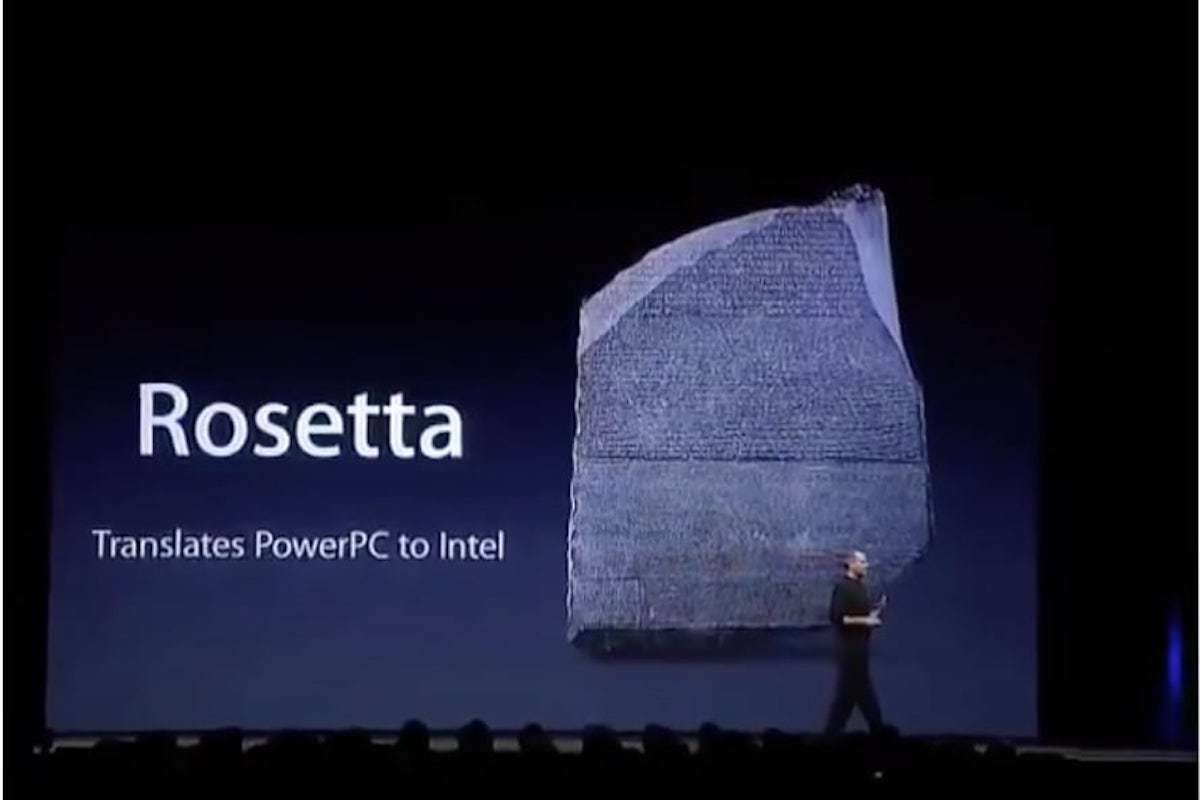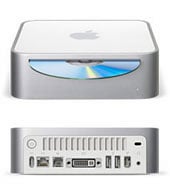

- #Any use of 2005 mac mini as a server pro#
- #Any use of 2005 mac mini as a server software#
- #Any use of 2005 mac mini as a server Bluetooth#
- #Any use of 2005 mac mini as a server series#
Within the same dimensions, the Mac mini affords a more powerful hardware than ever before, thanks to a redesigned thermal architecture that features a bigger fan, expanded vents and an overhauled power supply.Īpple has made some small changes to the Mac mini’s design – it now comes in the same Space Grey as the iMac Pro, though it’s the only color option this time around.
#Any use of 2005 mac mini as a server pro#
If you plan on utilizing your Mac for creative applications, the new Mac mini is a more affordable route, compared to something like the iMac Pro, which sets you back a whopping $4,999 (£4,899, AU$7,299) for the base model – though if you do have a lot of cash to shell out and you require a ton of power for things like video edting, we'd wait until the new Mac Pro 2019 rolls out in Fall 2019 starting at $5,999.įans of the compact, no-nonsense designs of previous Mac minis will be happy to learn that the new Mac mini inherits the same small, square-ish metal design that measures 7.7 x 7.7 x 1.4 inches (19.7 x 19.7 x 3.6cm) and weighs slightly heavier than the last Mac Mini at 2.9 pounds (1.3kg), compared to the older Mac mini’s weight of 2.6 pounds (1.19kg). If you switch any of the components, the price also change, which gives you some flexibility when it comes to balancing power with budget. Size: 7.7 x 7.7 x 1.4 inches (19.7 x 19.7 x 3.6cm W x D x H) Price and availability

#Any use of 2005 mac mini as a server Bluetooth#
Ports: 4x Thunderbolt 3 (USB-C), 3.5mm headphone jack, 2x USB 3, HDMI 2.0, Gigabit EthernetĬonnectivity: 802.11ac Wi-F, Bluetooth 5.0
#Any use of 2005 mac mini as a server series#
This article is part of our 12 Days of Backups series that began on Decemand ends in January, 2022.Here is the Apple Mac mini configuration sent to TechRadar for review:ĬPU: 3.6GHz Intel Core i3-8100 (quad-core, 4 threads, 6MB cache) Whether you already have a new M1 Mac mini or are thinking about purchasing one in 2022, the OWC miniStack STX is a powerful and flexible solution for storage and expansion. Open MacDrive 10 on a PC, attach the miniStack STX, and you can open or edit Mac files from a Disk Management Window, Windows Explorer, or your favorite Windows apps. Have a Windows PC? For moving data between your Mac mini and a Windows PC, consider OWC’s MacDrive 10 software. In the unlikely case of one drive failing, the other has an up-to-date and immediately accessible copy of your data.
#Any use of 2005 mac mini as a server software#
Equip a miniStack STX with OWC’s SoftRAID Liteor SoftRAID Pro software to create a RAID 1 and automatically maintain identical copies of all your data on each drive. RAID allows data distribution over multiple drives for both redundancy and performance. You’ll hear more about RAID (Redundant Array of Independent Disks) later in this series. OWC’s MacDrive 10 and SoftRAID add flexibility and redundancy to the miniStack STX.

With up to 10 Gigabit Ethernet, two Thunderbolt 3 ports, two USB 3.0 ports, and the ability to run Apple’s Pro Display, the mini gained a lot of attention. In 2020, the fifth-generation Mac mini (shown below) made its debut as the first of its type to use Apple Silicon in the form of an M1 system-on-chip. All internal storage option boasted super-speedy SSD (solid state drives). The fourth-generation Mac mini came with four USB-C and two Thunderbolt 3 ports. The third-generation mini was the first with an all-aluminum unibody, an HDMI port, an Intel Core 2 Duo CPU, an SD card slot, and (in later models) the first Thunderbolt 2 connectivity. With that processor, it was four times faster than the G4 mini. In 2006, the second-generation Mac mini boasted an Intel Core Solo CPU and a pair of video ports (Mini DVI and Mini DisplayPort). The original 2005 model used the PowerPC G4 processor and state-of-the-art (for 2005) FireWire 400 port for connectivity.


 0 kommentar(er)
0 kommentar(er)
